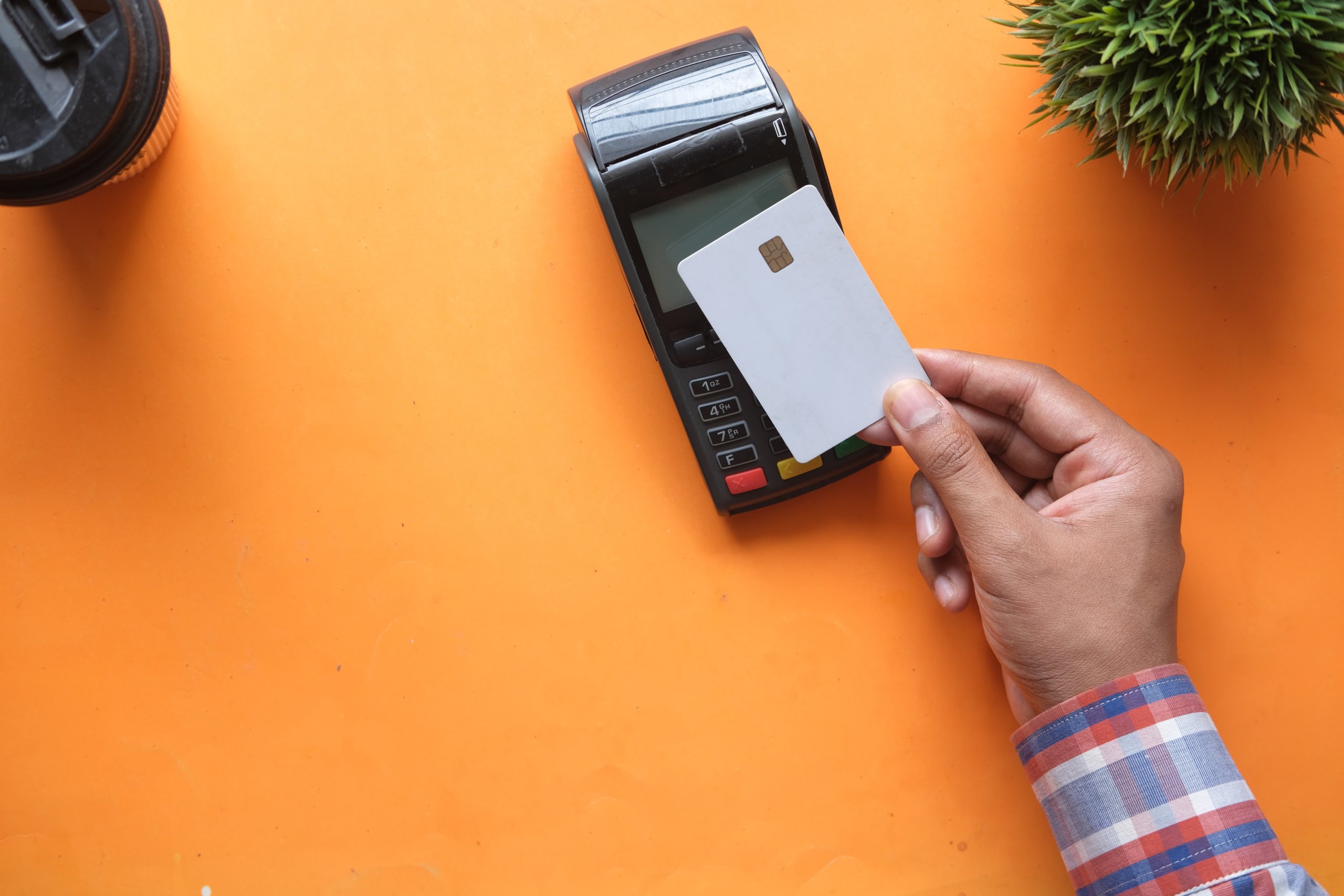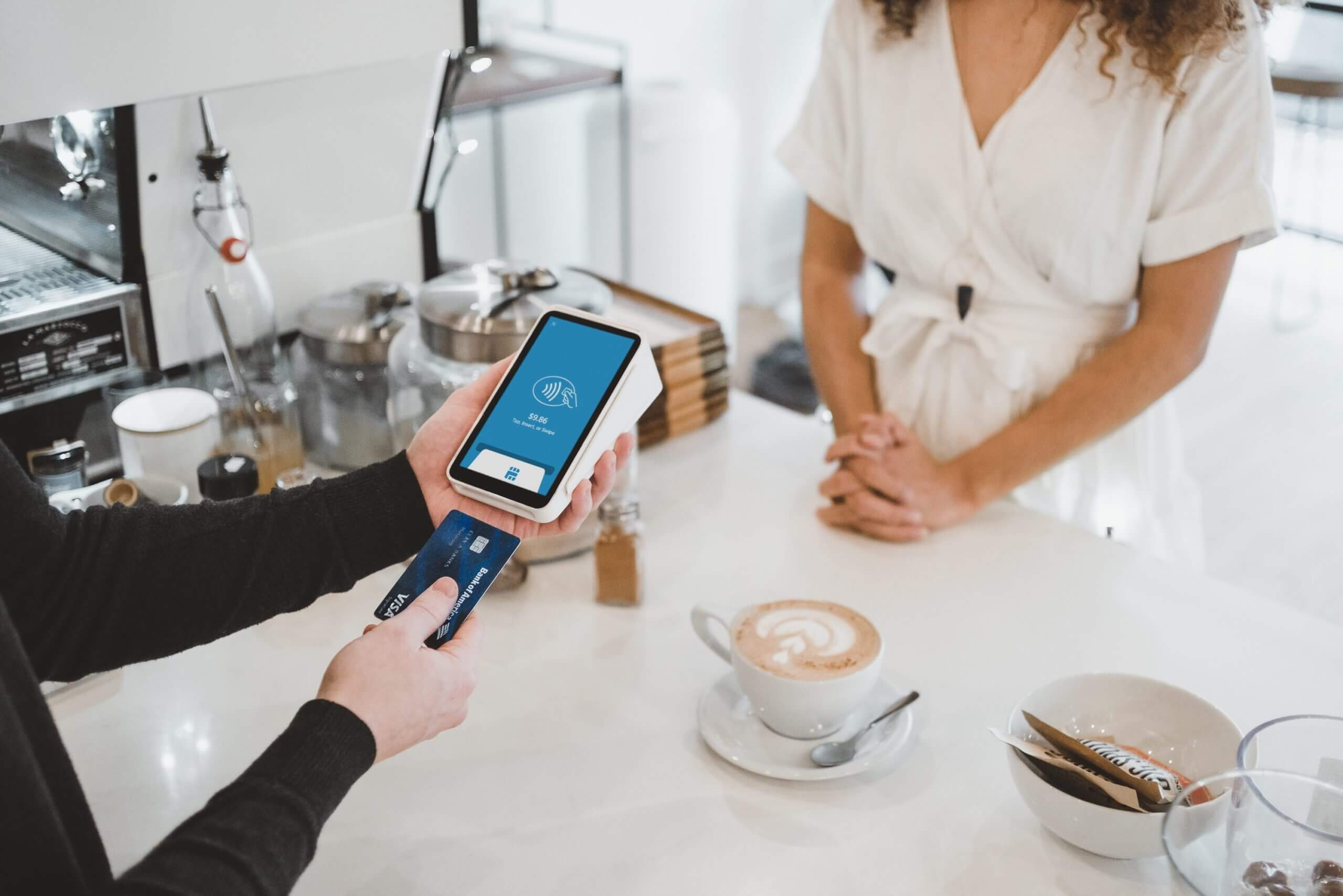Coronavirus Impact on Drive-to-store Marketing
The impact of the coronavirus has reached companies of all sizes and types, and during this crisis, the importance of establishing local marketing strategies has increased. As people continue to adapt to new behaviours in our daily lives, local search trends have shown interesting variations during the quarantine compared to previous periods. To remain visible online, brick-and-mortar businesses need to adapt their local marketing strategies to this new scenario.
Rethink your Drive-to-store Marketing
Drive-To-Store, also called Drive-to-Shop, is the set of marketing actions aimed at attracting consumers to a physical point of sale using tools related to the Internet and mobile technologies. Following this logic, we decided to present various actions to be considered when adjusting to Drive-To-Store marketing for the COVID-19 crisis.
The main challenge is to understand how consumers interact with local businesses online when going through this health contingency. What information is valued the most? How the interest in local business categories is changing in the wake of the virus?
Keep your location data accurate
Providing accurate information to your customers is the most critical thing any local business can do right now. Consumers are uncertain on which locations are open and what services stores still provide (pick up/ delivery). Therefore, consumers make their choice online before leaving their homes to enter your location.
As shown below, the search volume for “store hours” worldwide in the last months increased significantly. With measures and regulations changing rapidly, the right online information on opening hours is vital for your business continuity. 
Local businesses know just how significant a role local directories play as an intermediary between brands and the public. That’s why it is crucial you keep your profile up to date on all platforms. Below are the most important actions to do this.
1. Opening hours
Update opening hours regularly. Your business listings need to reflect up-to-date information if you are closed on certain days or anything changes with regard to your stores or services.
For example, some stores open an hour earlier to give at-risk groups such as seniors the opportunity to shop or close one hour during the day to restock suppliers safely. This is crucial information to mention on your online profile.
- Google has added a ‘temporarily closed’ feature to Google My Business (GMB). Temporarily closing does not affect your ranking and is treated similar to open companies. So do not choose ‘permanently closed’ if this is not the case.
- In addition to GMB, other platforms such as Bing and Yelp also introduced the ‘temporarily closed’ label. Make sure you edit your information there as well.
2. Name and company information
Make sure your business information is up-to-date. Google has slightly relaxed their guidelines for COVID-19-related listings, temporarily allowing for small edits to your business name where it’s applicable. Many businesses are adding unique services after their business name, such as virtual visits, appointments only, delivery or takeout available.
For example, if your current name is now ‘Pizza Margherita’, you may temporarily change it to ‘Pizza Margherita – delivery available’.
According to the search engine, businesses will need to revert back to their standard names after the COVID-19 crisis.
In addition to this, many of us are shifting working environments and working from home:
- Make sure all the ways consumers can contact you are up-to-date and accurate.
- If you are redirecting phones, test whether they really work. Update your answering machine or voicemail to reflect the changes.
- Are you switching to your mobile number or do you want customers to be able to reach you at home? Make sure you list the appropriate new number in all of your business listings.
Social communication
Whether your customers are on Facebook, Instagram, Linkedin or any other platform: now is the time to take advantage of the instant communication these platforms offer. Social media is an essential tool to keep in touch with your customers. Also, social networks are seeing exponential growth in the use of their platforms: during the lock-down, keeping in touch with friends and family, as well as gathering information via socials has become more popular than ever.
Now, with greater reason, your customers are looking at your business online. Be out there! Times like these demand a clear and consistent brand message. This message needs to be disseminated quickly to keep in touch with your local community.
Local directories and social platforms are absolutely vital for that: that’s when the customer journey starts – the make or break moment for your business.






